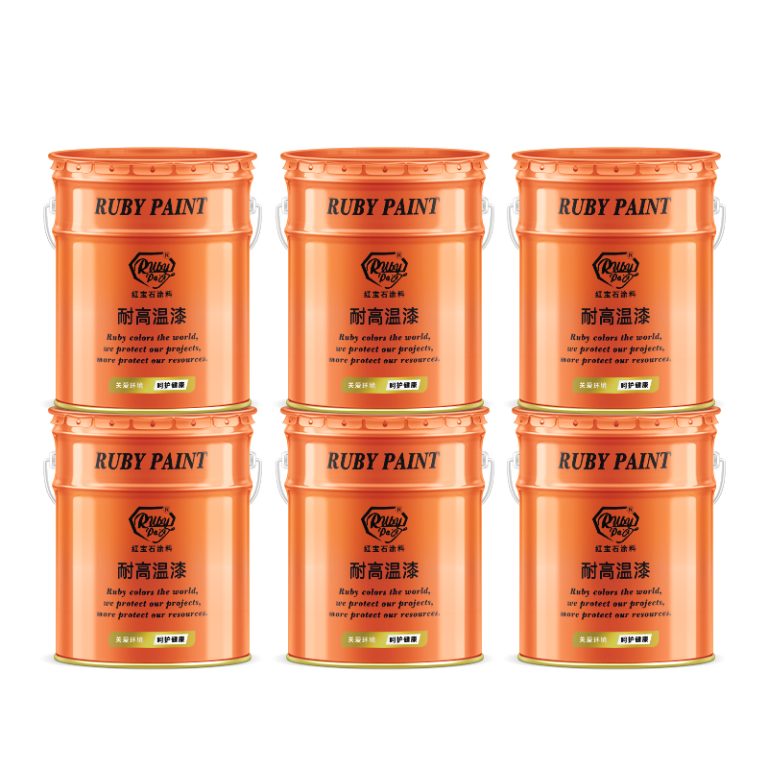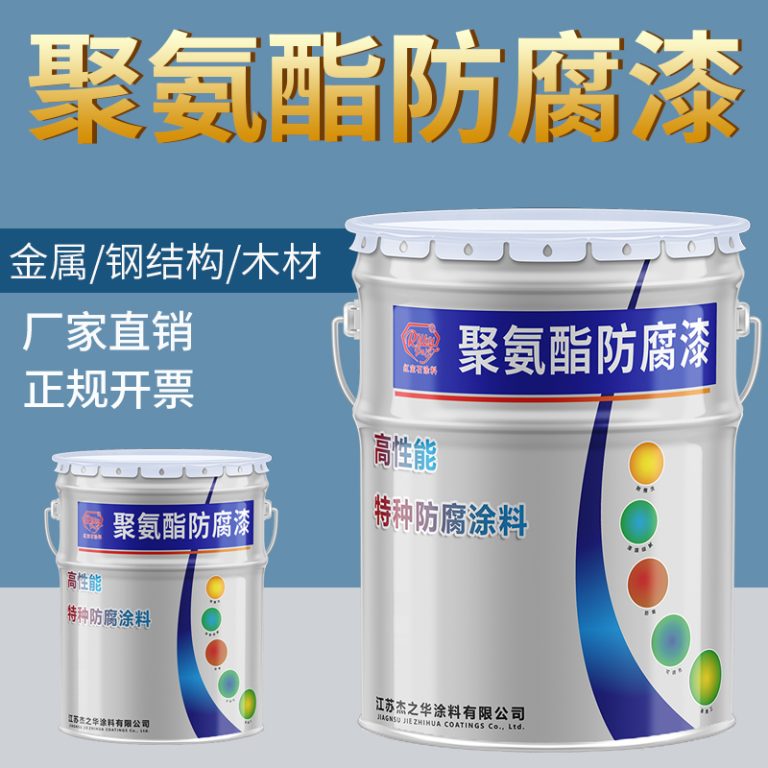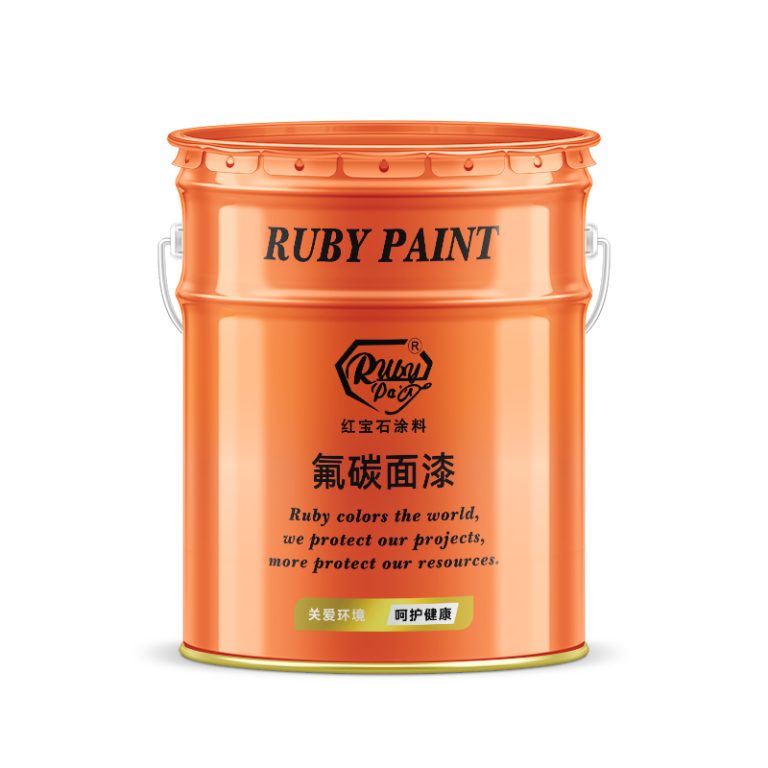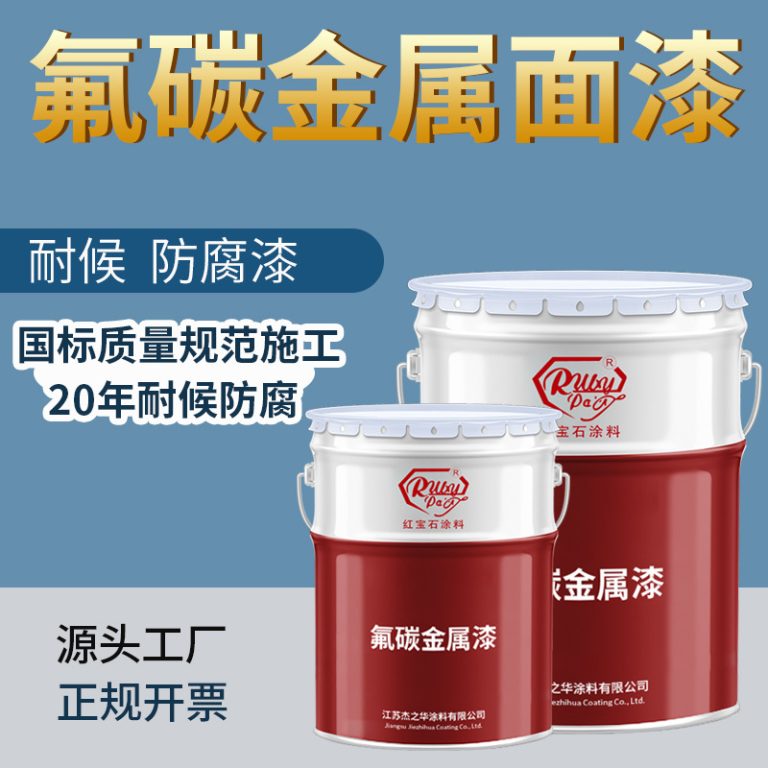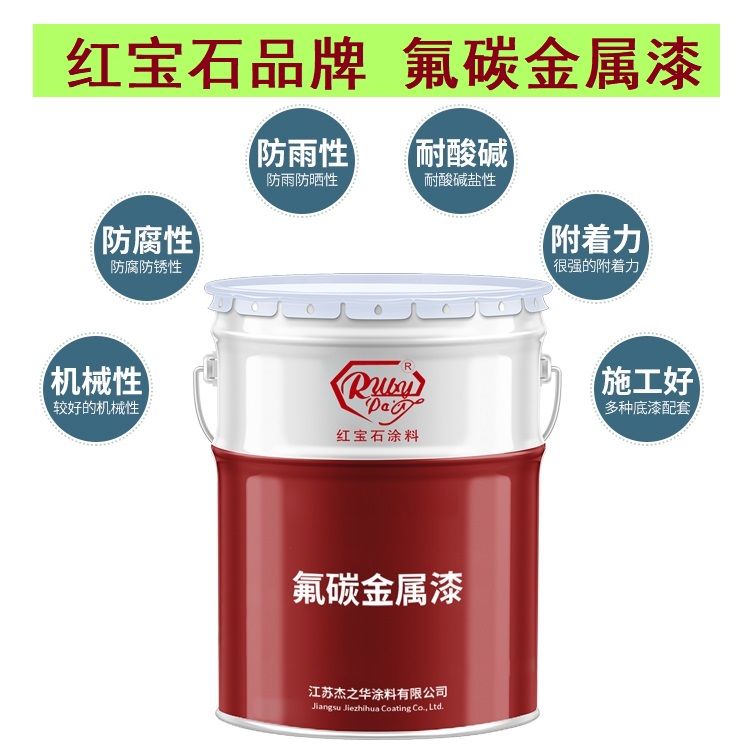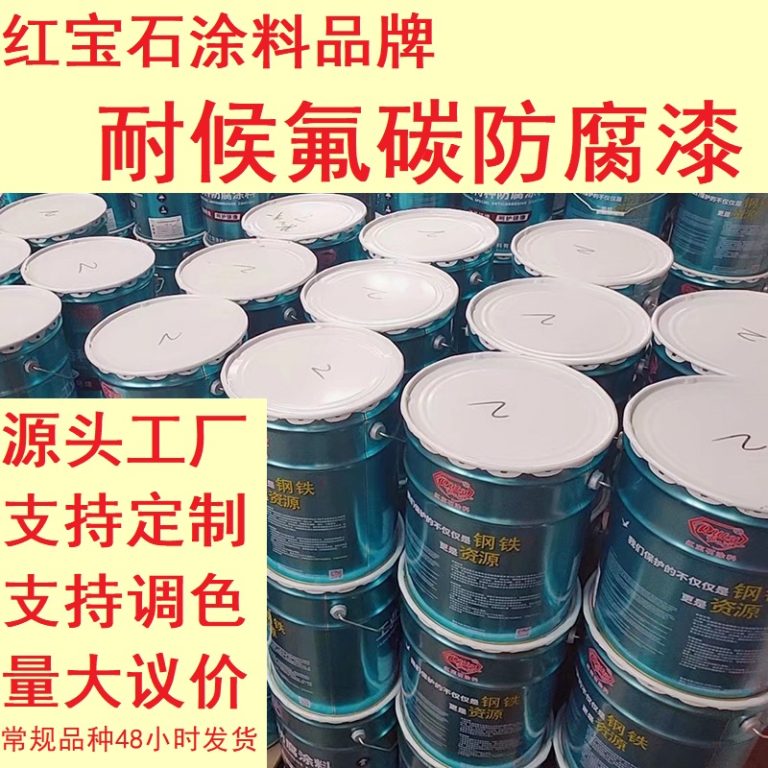Table of Contents
Benefits Of Using A K Asphaltic For Road Construction
A K Asphaltic, also known as asphalt concrete, is a highly versatile and durable material that is widely used in road construction. Its unique properties make it an ideal choice for building roads that can withstand heavy traffic and harsh weather conditions. One of the primary benefits of using A K Asphaltic for road construction is its cost-effectiveness. Compared to other materials such as concrete, A K Asphaltic is relatively inexpensive to produce and install. This makes it an attractive option for municipalities and government agencies looking to build or repair roads within a limited budget.
Furthermore, A K Asphaltic is known for its flexibility, which allows it to adapt to changes in temperature and ground movement. This flexibility helps prevent cracks and potholes from forming, thereby extending the lifespan of the road. Additionally, the material’s ability to absorb noise makes it a popular choice for urban areas, where reducing traffic noise is a priority. The noise-absorbing properties of A K Asphaltic can significantly improve the quality of life for residents living near busy roads.
| No. | Product Name |
| 1 | Industrial paint |
Another advantage of using A K Asphaltic in road construction is its ease of maintenance. Unlike concrete, which can be difficult and expensive to repair, A K Asphaltic can be easily patched and resurfaced. This allows for quick and cost-effective repairs, minimizing disruptions to traffic flow and reducing the overall maintenance costs over the lifespan of the road.

Moreover, A K Asphaltic is an environmentally friendly option for road construction. It is 100% recyclable, meaning that old asphalt can be removed, processed, and reused in new road construction projects. This not only reduces the demand for new materials but also decreases the amount of waste sent to landfills. Additionally, the production of A K Asphaltic requires less energy compared to other materials like concrete, further reducing its environmental impact.
| Serial No. | Commodity Name |
| 1 | Epoxy Zinc rich paint |
The installation process of A K Asphaltic is also faster and more efficient than that of other materials. It can be laid and compacted quickly, allowing roads to be opened to traffic shortly after construction. This rapid installation process is particularly beneficial in high-traffic areas where prolonged road closures can cause significant disruptions.
In conclusion, the use of A K Asphaltic in road construction offers numerous benefits, including cost-effectiveness, flexibility, noise reduction, ease of maintenance, environmental friendliness, and efficient installation. These advantages make it a preferred choice for road builders and government agencies alike. By choosing A K Asphaltic, they can ensure the construction of durable, long-lasting roads that meet the needs of modern transportation while also being mindful of budgetary constraints and environmental considerations.
Comparison Of A K Asphaltic With Other Paving Materials
A K Asphaltic, commonly known as asphalt, is a popular paving material used in various construction projects, including roads, driveways, and parking lots. Its widespread use can be attributed to its cost-effectiveness, durability, and ease of installation. However, when considering paving options, it is essential to compare A K Asphaltic with other materials to determine the best choice for a specific project.
One of the most common alternatives to A K Asphaltic is concrete. Concrete is known for its strength and longevity, often lasting up to 30 years or more with proper maintenance. It can also bear heavier loads, making it suitable for industrial applications. However, concrete is generally more expensive than asphalt, both in terms of material and installation costs. Additionally, concrete takes longer to cure, which can delay project completion and increase labor costs.
Another paving material to consider is pavers, which are individual paving stones that fit together to create a patterned surface. Pavers offer aesthetic appeal and come in various colors, shapes, and sizes, allowing for customization. They are also durable and can be easily replaced if damaged. However, the initial installation of pavers can be labor-intensive and costly. Moreover, pavers require regular maintenance, such as sealing and cleaning, to preserve their appearance and prevent weed growth between the stones.
Gravel is a more economical option compared to A K Asphaltic, concrete, and pavers. It is relatively easy to install and provides good drainage, reducing the risk of water damage. Gravel is also versatile and can complement a variety of landscape designs. However, gravel surfaces are less stable and can shift over time, leading to unevenness. They also require regular maintenance, such as raking and replenishing, to maintain their functionality and appearance.
When comparing these materials, it is crucial to consider the specific needs of the project. For instance, A K Asphaltic is an excellent choice for projects requiring quick completion and cost efficiency. Its smooth surface provides good traction and is relatively easy to repair if damaged. Asphalt also has the advantage of being recyclable, which can be an important consideration for environmentally conscious projects.
On the other hand, for projects where aesthetics are a priority, pavers may be the preferred option despite their higher cost. For industrial applications requiring a more robust material, concrete may be the better choice due to its load-bearing capacity and longevity. In rural or less-trafficked areas, gravel might be suitable due to its cost-effectiveness and natural appearance.
In conclusion, A K Asphaltic offers several benefits, including affordability, ease of installation, and recyclability. However, it is essential to weigh these advantages against the specific requirements of the project and compare them with other paving materials such as concrete, pavers, and gravel. Each material has its own set of strengths and weaknesses, and the choice ultimately depends on factors such as budget, aesthetics, load requirements, and maintenance considerations. By carefully evaluating these aspects, one can make an informed decision that ensures both functionality and cost-effectiveness in paving solutions.

